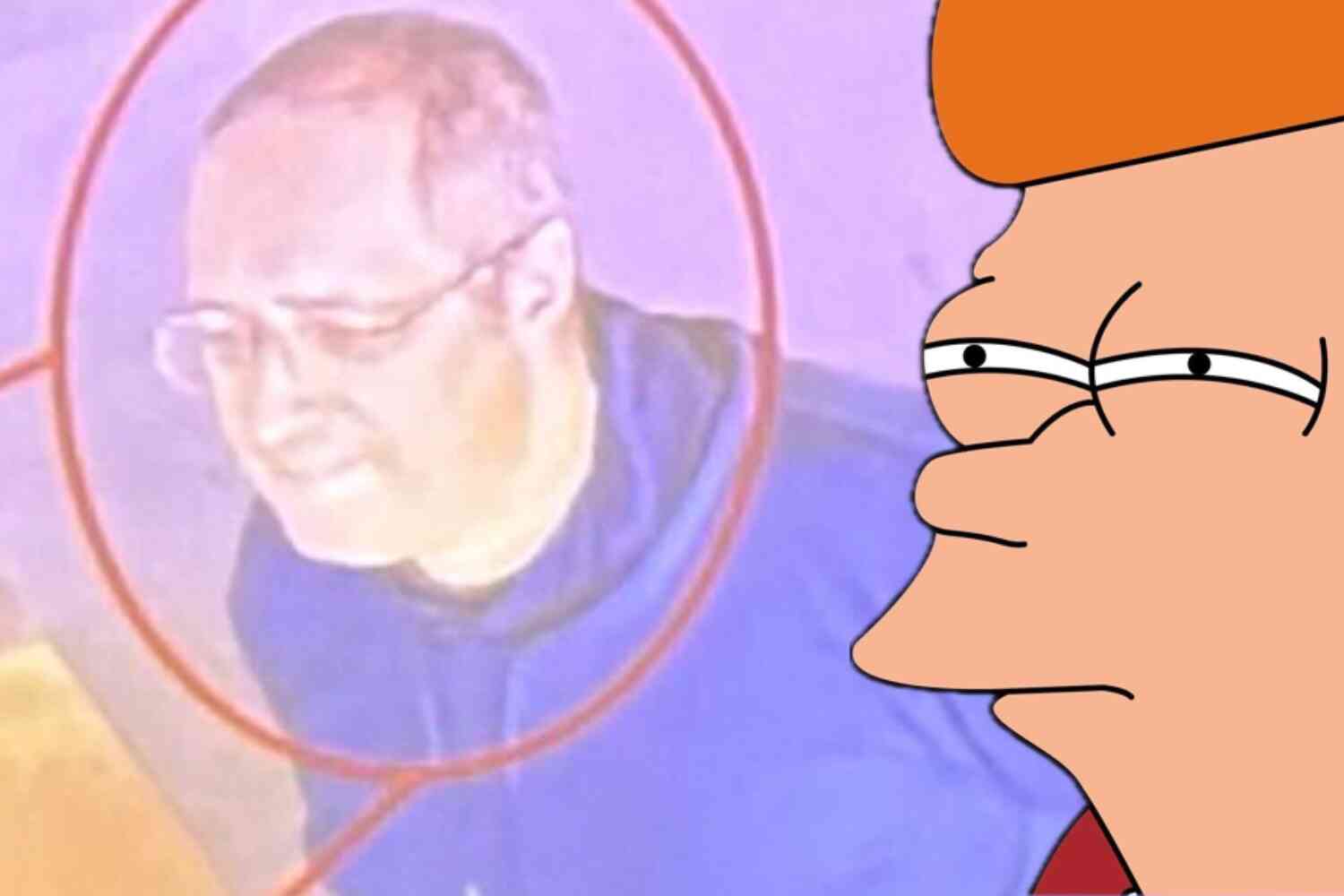What exactly is this abomination?
Terrifying indeed.
The Vatican, which has displayed a nativity scene since the 1980s, decided it wanted to go for broke on postmodern expression this year, as if 2020 definitely needed weird-as-heck nativity to bring it to a close.
While the scene drew immediate criticism, it isn't actually new. It was first displayed in 1965, and since then has made appearances in Rome and Israel.
"Fausto Cheng, one of the students at that time who helped create the figures, said in a 2018 interview that 'revolutionary aspects' characterized its creation, 'from breaking the classic patterns of ceramic art, the use of color, the representation of the Nativity in an original way,' wrote the National Catholic Register. "He added that the scene had been 'infused with contemporary events from recent years' that included 'setting foot on the moon, the Second Vatican Council and the abolition of the death penalty' (the latter two themes reflecting matters being close to Pope Francis' heart)."
This idea of making art "revolutionary" instead of good is a staple of postmodern theory. Such artists strive to make something new, something incendiary, something controversial instead of something beautiful, masterful, and timeless. Since postmodern theory says everything is subjective, the point is always to push the envelope and then yell at anyone who calls your work ugly, putrid trash.
Hence how we get movies such as director Rian Johnson's The Last Jedi, or how we get bananas duct-taped to a wall that sell for $120,000.

Postmodernism ruins everything it touches, erasing the work of the masters and teaching that music, painting, storytelling, architecture, dance – you name it – has no purpose and no form.
Italian art historian Elizabeth Lev echoed these sentiments around the Vatican's 2020 nativity display, saying people look to Rome "for the tradition of beauty," and this is anything but.
"We keep beautiful things in there so that no matter how awful your life is, you can walk into St. Peter's and that's yours, that's part of who you are, and it reflects who you are and the glory of who you are," she said. "I don't understand why we'd turn our back on that. It seems to be part of this strange, modern loathing and rejection of our traditions."
Lev's last sentence is key. This "loathing and rejection of our traditions" is the point here. It's the same insanity that drives the renaming of high schools named after Lincoln, the NYT's 1619 Project, and the weaponization of the educational system to tell kids that people like Columbus, Mozart, Washington, Calvin, Pascal, Paine, Hobbes, Luther, Kepler, Beethoven, Locke, Penn, Pascal, and others are evil white men they should be ashamed of.
At the core, of course, it's ultimately an egotistical superiority complex that disdains everything from the past while regarding our own accomplishments – no matter how distasteful or ugly – as the best thing ever. It's a giant metaphorical participation trophy.
Perhaps even worse than this, however, is the fact that the piece – according to the Vatican itself – is inspired by various ancient pagan art.
"In the choice of this crib, all the themes of Francis' pontificate are recognized: above all, heavy modernism and a drastic break with tradition, wrote art historian Andrea Cionci. "The figures resemble the masks of the ancient and ferocious Samnites, ancestors of the Abruzzese, who had a pantheistic, animist, fetishist, magical religion, a bit like the Andean fertility goddess Pachamama."
Cionci called the scene "the product of a strongly ideological art school" and said it "most certainly does not correspond to reality." He then took aim at how the pagan art themes tie into biblical hermeneutics.
"The references to the Greek, Egyptian and Sumerian sculptures of the characters suggest the liberal historical-critical method of interpreting Scripture," he said. "Liberal biblical scholars have hypothesized various aspects of the Bible as adaptations of pagan cultures rather than the result of divine revelation."
It's ironic that the first Pope Francis was considered the first to introduce the idea of a nativity scene in the 1200s. The Woke Pope Francis may be the last.
Twitter user "Catholic Mom 18" might have said it best:









